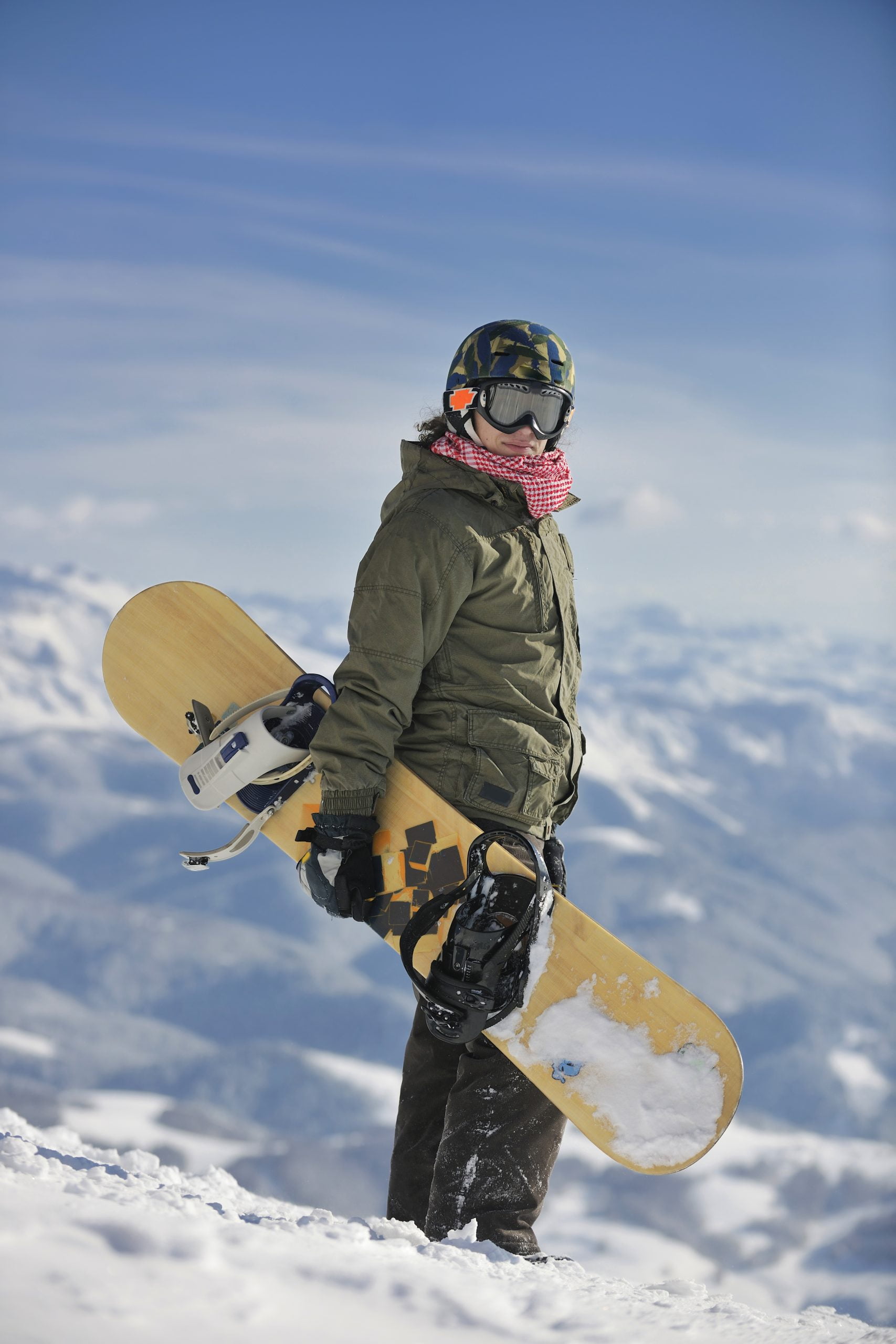Disaster Preparedness & Prepping: The Ultimate Prepper’s Checklist
Introduction to Disaster Preparedness
Preparing for a disaster can be overwhelming, but it doesn’t have to be. With the right mindset and planning, you can ensure that your family is ready for any emergency situation. Whether it’s an earthquake or hurricane, having a well-stocked pantry and emergency kit will help keep everyone safe and comfortable until help arrives. In this article, we’ll cover everything from home defense to disaster-specific preparedness so that you can create your ultimate prepper’s checklist.
When creating your prepper’s checklist, there are some essential items that should always make the cut. Here are some of the most important ones:
1. Water – Make sure to stock up on enough water for at least three days per person in your household. Aim for one gallon per day per person.
2. Food – Non-perishable food items like canned goods, freeze-dried meals, and energy bars are great options for your emergency kit. Be sure to choose foods that won’t spoil quickly and require minimal preparation.
3. First Aid Kit – A well-stocked first aid kit should include bandages, antiseptic wipes, pain relievers, and other essentials. Don’t forget to add any necessary prescription medications to your kit as well.
4. Flashlights and Batteries – You never know when the power might go out during a storm or natural disaster. Having plenty of flashlights and extra batteries on hand will help you navigate through dark spaces safely.
5. Multi-Tool – A good multi-tool can come in handy in many different situations. Look for one with a knife, screwdriver, and other useful tools built-in.
6. Fire Starter – Matches or a lighter may not always work in wet conditions. Consider investing in a fire starter tool like a ferrocerium rod or magnesium stick instead.

7. Sanitation Supplies – Hand sanitizer, toilet paper, and garbage bags are all must-haves for maintaining proper hygiene during an emergency.
8. Communication Devices – Keeping lines of communication open during a crisis is crucial. Make sure to pack a charged cell phone, portable radio, and extra batteries for each device.
9. Shelter – Depending on where you live, you may need to prepare for extreme weather conditions. Consider investing in a tent or other type of temporary shelter if needed.
Disaster-Specific Preparedness (Hurricanes, Earthquakes, Floods, etc)
In addition to these basic supplies, it’s also important to consider disaster-specific preparedness. For example, those living in areas prone to hurricanes should stock up on sandbags, plywood, and other materials to protect their homes from wind and flood damage. Those living in earthquake zones should have access to a secure space within their home or office building where they can take refuge during a quake. And those living in areas prone to wildfires should have a plan for evacuating quickly and efficiently.
Prepping Essentials
Once you’ve gotten the basics down, there are several additional steps you can take to ensure your family’s safety during an emergency. These include:
1. Creating a Family Emergency Plan – Sit down with your loved ones and develop a clear plan for what to do in case of an emergency. This includes identifying safe places to meet up, establishing contact points, and assigning specific tasks to each member of the family.
2. Building a Community Support Network – Reach out to neighbors and friends to build a support network in case of an emergency. Offer to help them prep their homes in exchange for their assistance later on.
3. Learning Basic Survival Skills – Knowledge is power when it comes to surviving a disaster. Take classes or read books about basic survival skills like starting fires, purifying water, and finding edible plants.
Home Defense
Finally, let’s talk about home defense. During a crisis, your home becomes your castle, and defending it against potential intruders is critical. Here are some tips for keeping your family safe:
1. Secure Your Home – Install deadbolts on doors and windows, reinforce weak spots in your walls or roof, and trim back trees and bushes that could provide hiding places for criminals.
2. Lighting – Use motion sensor lights around your property to deter would-be attackers.
3. Alarm System – Consider installing a monitored alarm system to alert authorities in case of a break-in.
4. Weapons – If possible, arm yourself with a weapon for self-defense. This could be anything from a baseball bat to a firearm. Just remember to practice proper gun safety and storage.
Conclusion and Final Thoughts
Prepping for a disaster can feel daunting, but taking small steps today can make a big difference tomorrow. By following our ultimate prepper’s checklist and incorporating disaster-specific preparedness measures, you can rest easy knowing that you and your family are ready for whatever life throws your way. Remember, being prepared isn’t just about surviving – it’s about thriving.